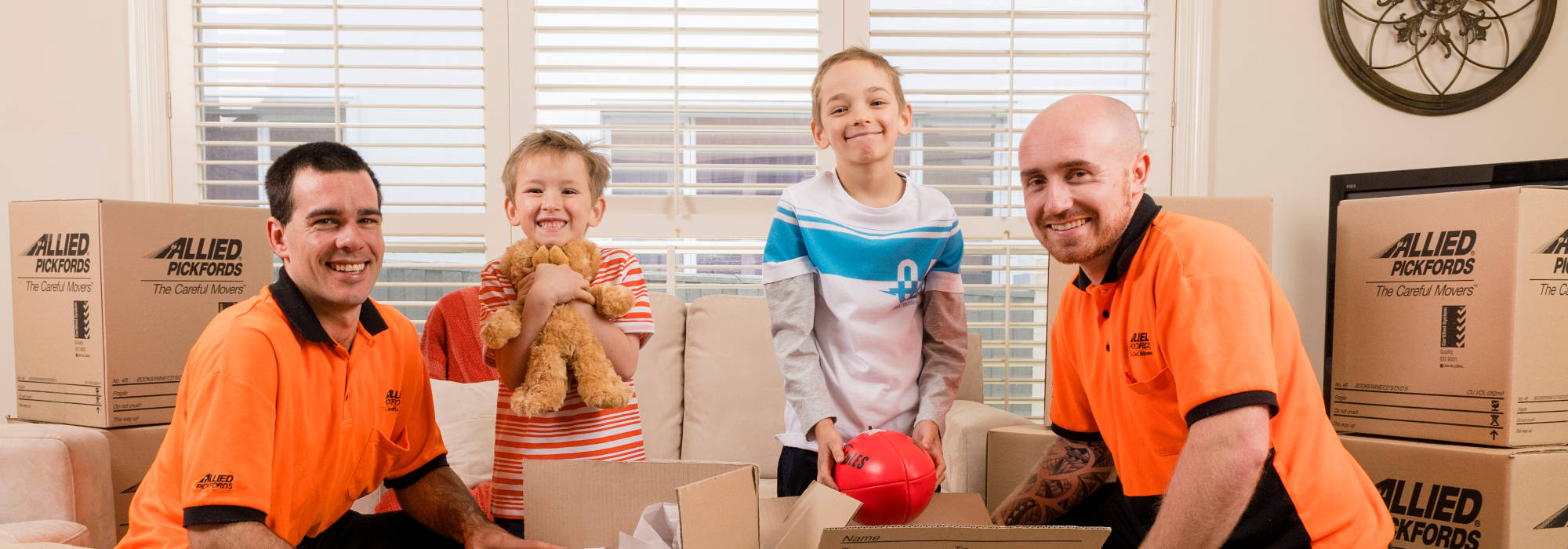1. Make an Inventory
The key to a smooth residential or commercial move is knowing exactly what goes and what stays. The less you have to move, the easier it will be, right? However, have you taken the time to assess what items you truly want and which you don't? Take some time to figure out what you want to pack up. This is best done by making a list. You can start by thinking about all the belongings that you are sure are going with you as well as the ones you no longer want or need. For example, you may want to leave your refrigerator because your new house already has one, or there may not be space for a large item, such as a sofa or bookcase, when moving from a house to an apartment. Be sure to go through all your belongings before packing so you can include or exclude wanted or unwanted items, this will reduce double handling and save you a lot of time!2. Collect Packing Materials
Cardboard boxes. Masking tape. Scissors. Permanent markers. Bubble wrap. These are just some of the materials you'll need to get all of your books, knick-knacks and other equipment prepared for transport. You also want to make sure that what you pack is properly tied down or positioned in such a way that nothing fragile is left loose or could fall and break Gathering relevant packing materials and equipment for safe transport can save you time and energy once you actually begin the moving house process. Also, err on the side of too much than too little. In other words, if you think you'll only need six or seven boxes, grab eight or nine instead. Talk with friends about any boxes they may have lying around or your local post office. You may also have a relative who can bring home unused boxes from their workplace.3. Start With the Stuff You Rarely Use
Packing can be overwhelming, to the point where you may ask yourself, "Where do I begin?". Everyone has their own strategy but a great place to start is boxing up those items that you know you want to keep but may not use regularly. Whether it's books, Christmas decorations or memorabilia, taking care of these belongings is one less thing you have to worry about once the process begins in full and will help reduce clutter.4. Use Colour Coding to Enhance Identification
Writing legibly and in bold typeface is of course a no-brainer when it comes to packing. However, you may also want to consider using colours. Whether those colours are the labels or the actual boxes is an easy way to know what box goes where when you're unloading and want to place the boxes in the rooms they'll actually be in once you unpack. This also prevents you from having to read each and every label.5. Use Towels for Jewellery
Even when you put "fragile" on boxes, the contents within are bound to get jostled around, which can be especially problematic when transporting jewellery. Chains and necklaces can get into a tangled mess. You can avoid this by rolling up your jewellery in a bath towel. As the Organised Housewife suggests, place the towel on a flat surface, lay out the necklaces, fold over the top and bottom sides, and roll up the towel completely. This can prevent tangling and can keep your jewellery all in one place.6. Pack Light
It's tempting to pack boxes to the brim, which allows for you to make fewer trips to and from the moving truck. That’s fine, as long as the weight stays low. Heavy boxes are not only more difficult and cumbersome to move, but overloading can increase the chances of the boxes breaking, which could ruin whatever's in the box. For fragile items, such as glass or antiques, ensure you place crumple on the bottom and top of the boxes for proper cushioning.7. Take Out Drawers
Furniture can be difficult to move, not to mention heavy. Bureaus and desks are a classic example. But you can make them a great deal easier to transport by taking out the drawers. Doing so allows for easier grip and can significantly reduce how much it weighs. Leaving the drawers in position also risks the chances of damage if they fall out.8. Be Smart About Space Saving
You don't necessarily need boxes to move everything. For example, if you have suitcases, you might as well use the interior to maximise space, assuming the luggage is zippered. Hampers can also be used to transport non-bulky items. However, some empty spaces should remain that way. This is especially true for cupboards and bureau drawers. Whatever is inside can easily fall out when you're transporting them.9. Use Vacuum Seal Bags
You'd be truly amazed how much clothing and linens you can pack into one space by eliminating the air. Check out what's available, many of these products will actually vacuum out the air inside so the contents lie flat. This also reduces the likelihood of your clothing ripping or tearing if you place them in cardboard boxes. More than anything else though, these bags can free up lots of room.10. Book Your Removalist
Just as there are busy times of the year for buying a house, the same is true for moving. Activity picks up when the weather warms up. Regardless of what season your move falls in, book early! Doing so will give you more options as to when you want to make the move and prevent you from having to scramble if some moving companies are unable to accommodate your timeline.Whether you're moving somewhere local, interstate or overseas, Allied offer a comprehensive range of moving services, including packing, insurance, storage, pet transport, home cleaning services, and much, much more. Contact us today and see for yourself why we're called "The Careful Movers".
